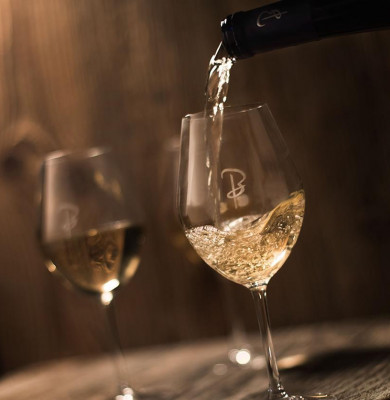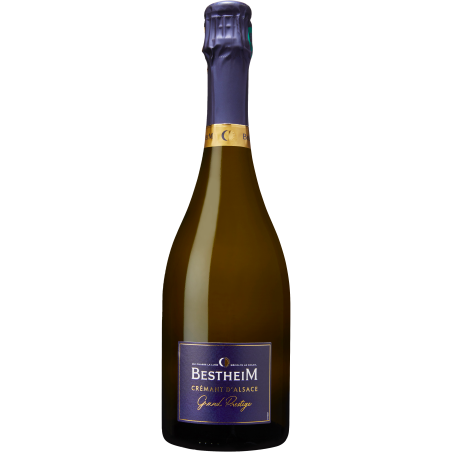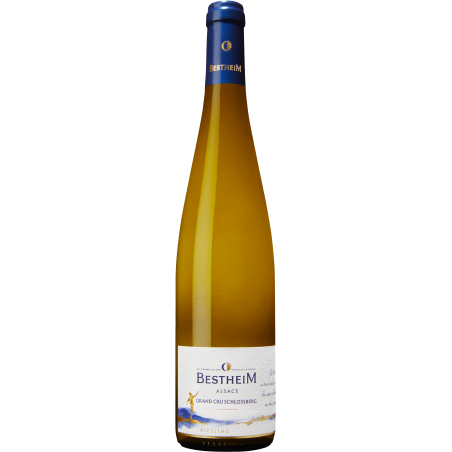
Matching the glass to the wine
The glass in which you serve your wine has its importance. We take an in-depth look at the subject.
Why is it important to choose the right glass for each wine?
You will have noticed that there are different types and shapes of glasses for drinking red, white and sparkling wines and champagnes. You might be tempted to think that fundamentally, it doesn’t really matter, since the quality of the wine you are going to drink is the most important criteria. However, it is no coincidence that each wine, or almost, has its own specific glass. The capacity of the glass should always be commensurate with the intensity and complexity of the wine that will be poured into it. Its height and width are determining features, as you should be able to swirl the wine in the glass without spilling it.
While the shape of the glass is clearly crucial, the standard to which it was manufactured is equally so. The bowl should be thin, and the rim polished; if the glass is thick and the rim rounded, it will be less well made. And of course, the type of glass is important too. The properties of crystal allow the wine’s aromas to develop more intensely than in an ordinary glass. And let’s not forget visual pleasure, for a fine glass containing good wine heightens our enjoyment.
Glasses and flutes
The tulip-shaped champagne glass enhances high-quality sparkling wines. It is naturally recommended for very good champagnes and Crémants, for it is high enough to give the bubbles room to develop and to allow the aromas to unfold.
Tall and slender, the traditional champagne flute has a small diameter that limits the loss of bubbles. It is therefore perfect for Crémants. On the nose, however, the bubbles do take precedence over the aromas.
Specialists tell us that the champagne coupe should be banished: too wide, it allows the bubbles to escape on either side of the nose.
Glasses for white wine
Neither too large nor too small, the white wine glass should prevent uncomplicated wines from losing their character, while allowing them to release all their aromas. It should also be slightly conical to encourage the concentration of aromas in the glass and so that you can swirl the wine to aerate it.
For very high quality, full-bodied wines and for rosés, you should use a slightly larger glass. This will give the wines more room to express their aromatic complexity.
Alsace wines are often served in glasses with green stems. This sort of glass is not, however, ideal. It is too small to oxygenate the wine and the green-coloured stem interferes with the wine’s true colour.
Glasses for red wine: Burgundy
More flared than the standard red wine glass, it is rounded in shape with a narrower top. It is particularly suitable for wines with a beautiful, intense colour like Burgundy, as well as Pinot Noir.
Glasses for red wine: Bordeaux
Taller and tulip-shaped with a broad bowl, this glass is appropriate for the complexity of Bordeaux wines, and can also be used for other powerful, robust wines like Châteauneuf-du-Pape, or our Pinot Noir Exception and L’impatient.
How should you hold a wine glass?
A wine glass should be held by its stem, not by its bowl. It is also customary to “swirl” your wine in the glass to aerate it and release its aromas. If you are not comfortable with this action, you can also place the glass on a table and keep it there as you rotate it.


